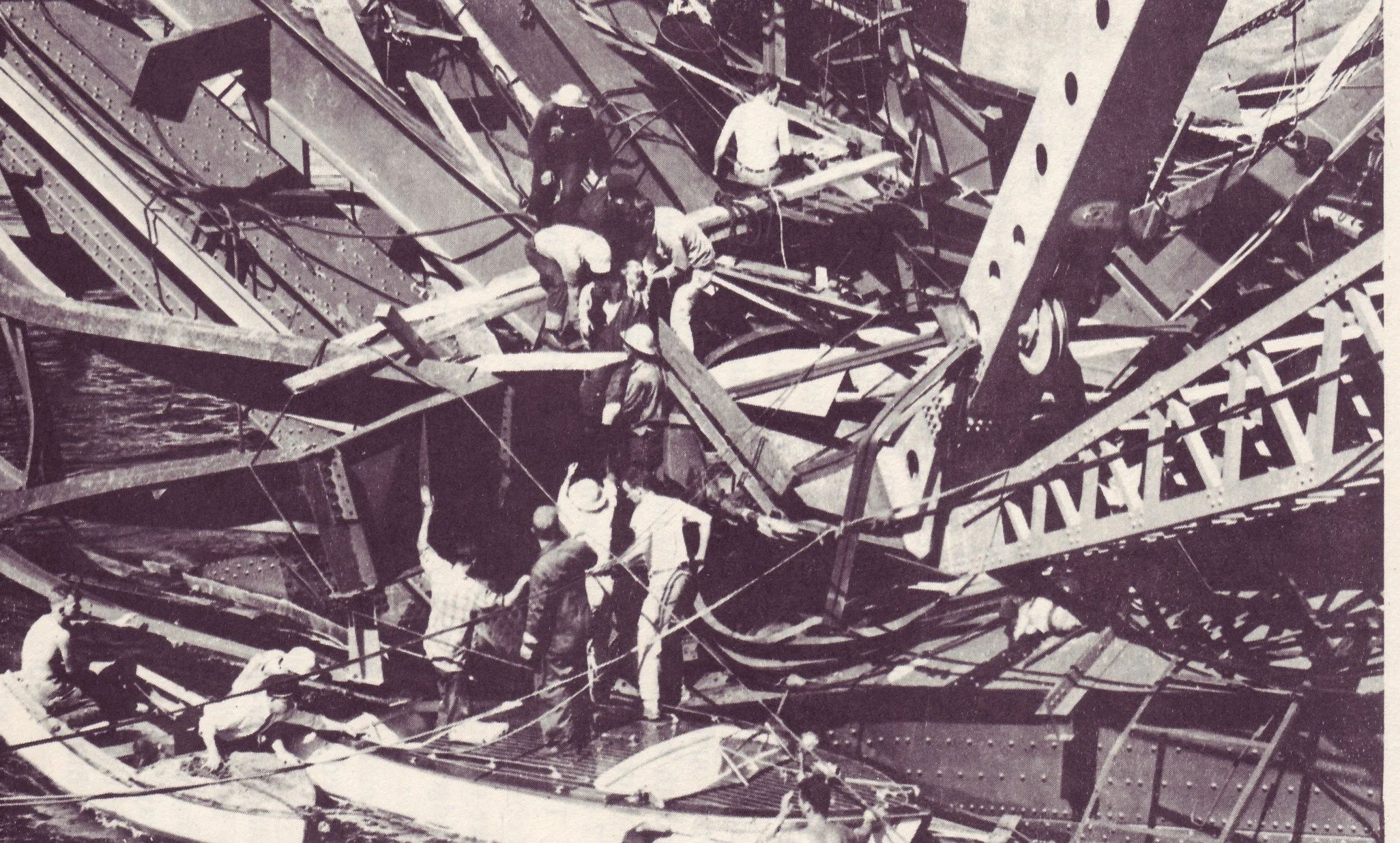(Part 1)
Anybody who’s ever read anything about the Cariboo gold rush has heard of John Angus Cameron.
Not by his formal name, maybe, but by the moniker by which he’s still remembered: ‘Cariboo’ Cameron.
If you do recognize his name, you probably have a vague recall of his claim to fame as the man who pickled his dead wife, then hauled her body 400 miles over the snow and ice by toboggan to take her, first to Victoria, then back home to Upper Canada.
Why would he do that? Because he’d promised her, as she was dying, he’d take her home.
That pretty much sums up what snapshot histories will tell you. But, of course, there’s so much more to Cameron’s incredible story. Next week, the Chronicles tells of that epic winter journey from the mouth of a man who accompanied Cameron every agonizing foot of the way.
This is British Columbia history at its richest.
*******
PHOTO: John A. ‘Cariboo’ Cameron. —Wikipedia
Read More




















